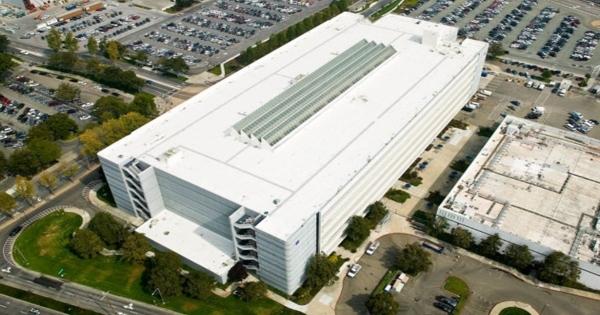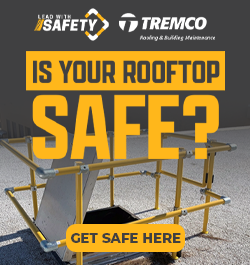Reroofing Verses Recoating

By Cass Jacoby, RCS Reporter.
Pros and cons in the ongoing debate about whether recoating your roof is better than reroofing.
Why recoat
The key to successfully recoating a metal roof is selecting the right coating system. There are many benefits to recoating a metal roof in place of installing a new roof. Most of all, recoating is far less expensive than replacing the roof. Plus, recoating has a minor work footprint. It is less disruptive to the building, and site debris is drastically reduced. The process isn’t as invasive, so it takes less work, and the roof doesn’t have to be removed. Additionally, applying solar reflective coatings can result in better energy performance than replacing a metal roof.
It would be best if you only considered reroofing over recoating when:
-
The metal is structurally unsound
-
The existing roof is “un-coatable”
-
The roof has been damaged too much to be aesthetically viable
-
The cost of repairing and recoating the roof is greater than getting it replaced
Tim Simpson of Ames Research Laboratories suggests “when considering warranty requirements, available warranties can vary depending on the number of coats applied, if the coating system required detail work that has been completed, and if certain quality control measures have been followed. Manufacturers’ warranties are frequently for material performance, and the contractor applying the materials is responsible for issuing an installation and service warranty.
The verdict: A recoat can be the most cost-effective option. Common sense dictates if you don’t have to reroof just yet, a recoat can upgrade your roof far more economically to significant effect.
Why reroof
As stated above, there are many reasons to recoat a roof; however, there is a catch to these benefits. First off, coating your roof will void any warranties that exist. Most metal roofs have 25 (or more) year finish warranties. Besides, a roof coating is only a short-term solution to leaks. When the cost of a recoat is between 25% to 70% of a new roof, it makes more sense to select a long-term solution to leaks by reroofing altogether. Plus, recoating is broken down by thermal cycling that causes the roof to expand and contract, making the reflectivity reduce by more than half in the first year and cracking the coating. Plus, any imperfections to the coating can trap moisture between the layer and your metal roof, which can accelerate corrosion.
A new metal roof can be the better option when you consider that many of the advantages of recoating are achieved with reroofing. A reroof can be retrofitted so that a new metal roof is installed over the existing one. Minimizing disruptions and retrofitting over the top of the roof creates a cavity that can be insulated or ventilated to increase energy efficiency in the building.
Plus, there are several advantages to reroofing that are unique to the process. Namely, a new roof will be compliant with current building codes and much more resilient against strong winds and snows. New roofing materials can have double the service life of old roofs. They can be upgraded to standing seam roofs, opening up the option to add solar panels.
“Why spend 25% to 70% of the cost of a proper, fully code-compliant metal roof for a short-term solution that only moves the repair back a couple of years?” says Roof Hugger President Dale Nelson. “You can put a patch on an old, bald tire, and it may last for a little while longer, but you still have an old, bald tire. The coating will not make an old metal roof a new metal roof—only a new metal roof will do that.”
The verdict: At the end of the day, the coating will not make your old metal roof new; it is a short-term solution. Why not invest in a reroof and upgrade your roof material for more benefits?
Have a question? AskARoofer.
Find your local roofing contractor in the RoofersCoffeeShop® Contractor Directory.













Comments
Leave a Reply
Have an account? Login to leave a comment!
Sign In